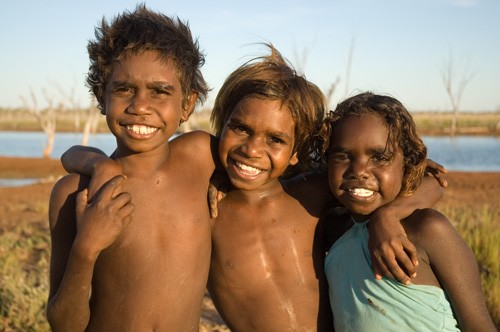SAQ sample: Culture and memory
 The following sample is for the SAQ: Explain one study of one effect of culture on one behaviour or cognitive process. The approach taken by this sample is to address a cognitive process.
The following sample is for the SAQ: Explain one study of one effect of culture on one behaviour or cognitive process. The approach taken by this sample is to address a cognitive process.
The sample below is an exemplary response.
An annotated copy of the sample response can be found at the bottom of the page.
What is the question asking you to do?
- Identify a cognitive process – e.g. memory.
- Outline the aim, procedure and results of one study that shows the effect of cultural factors on that cognitive process.
- Make a link between the study and the question - what does this tell us about the role of culture in cognitive processing?
Sample response
Culture has an effect on our cognitive processes. Unlike many would expect, the way people use their cognitive processes is not universal. A part of culture is a group's lifestyle and how they interact with the environment. Psychologists have found that cultures that have to interact more with their natural environment may have better spatial memory. A study by Kearins (1981) showed that culture has an effect on how young Aboriginal children and Australians differ in spatial memories.
The researchers used a sample of Aboriginal and white Australians. The memory test that the children were given was given outdoors. Kearins placed 20 objects on a board divided into 20 squares. Aboriginal and white Australian children were told to study the board for 30 seconds. Then all the objects were removed from the board and put into a pile. The children were asked to replace the items in their original locations.
The Aboriginal children correctly relocated more objects than did white Australian children. 18% of the white Australian children had one perfect score, but none had two or more perfect scores. 75% of the aboriginal children had at least one perfect score and 40% had at least two perfect scores.
Kearins argued that the Aboriginal culture which developed in the deserts required better visual and spatial memory than the white Australian culture. The need for this skill for survival and the consistent interaction with the environment could have had biological consequences such as the development of the posterior hippocampus.
187 words
What problems do students have with this question?
- A study of how culture affects behaviour has been described, but there is no link to a cognitive process.
- The description does not have an accurately outlined aim, procedure and results.
- The response evaluates the study rather than describes it. Remember, you should not evaluate in an SAQ!

 IB Docs (2) Team
IB Docs (2) Team
